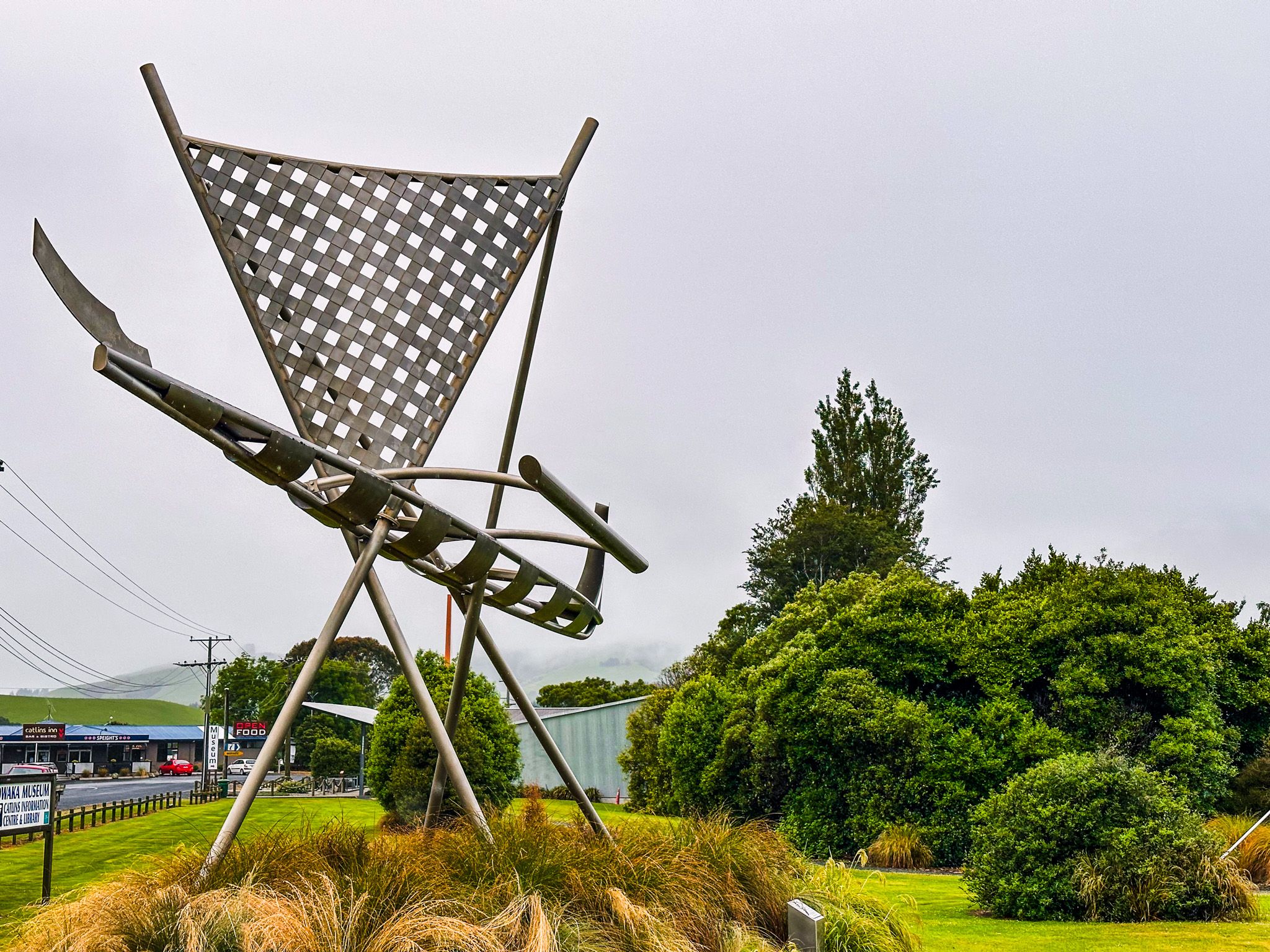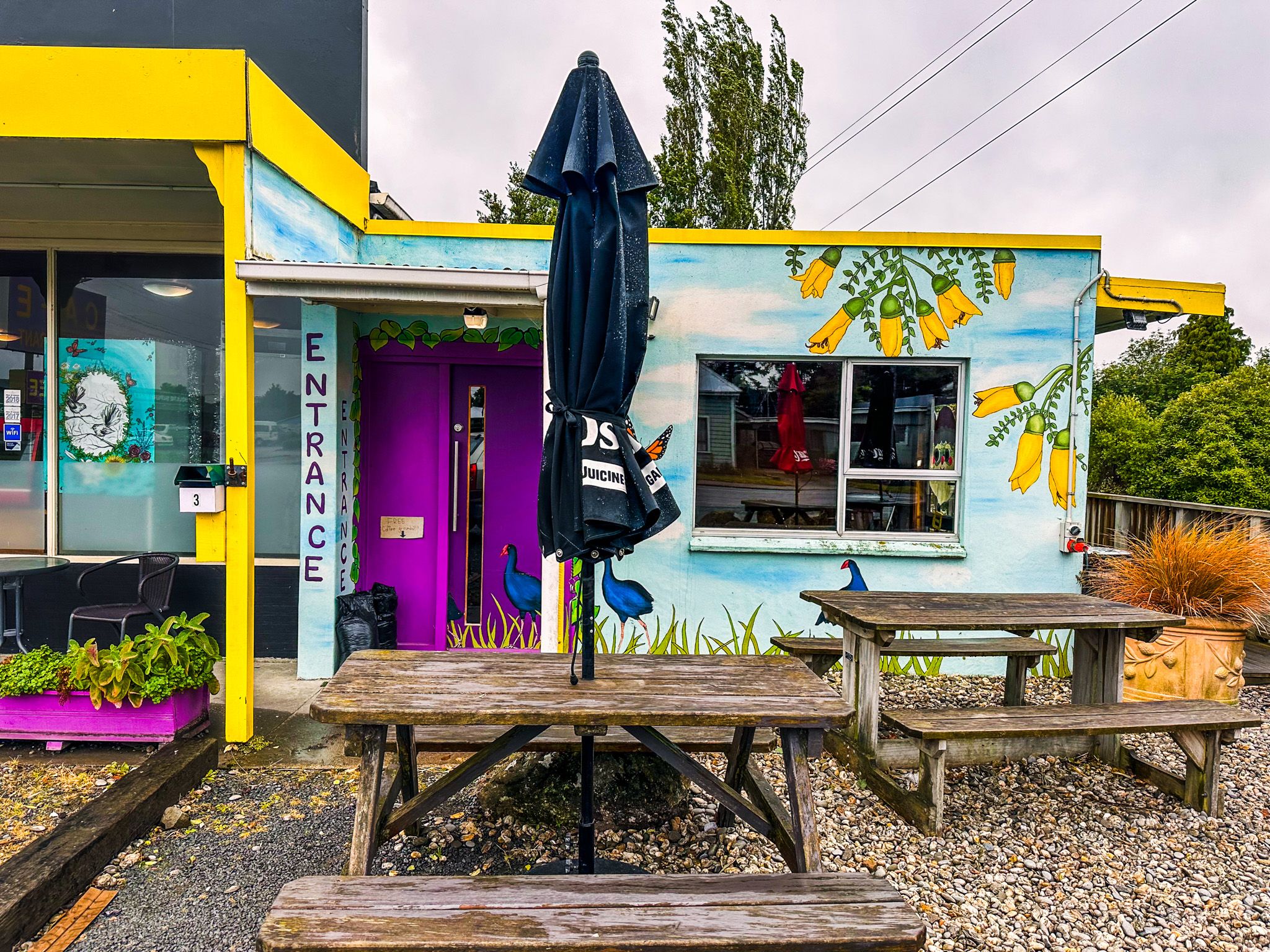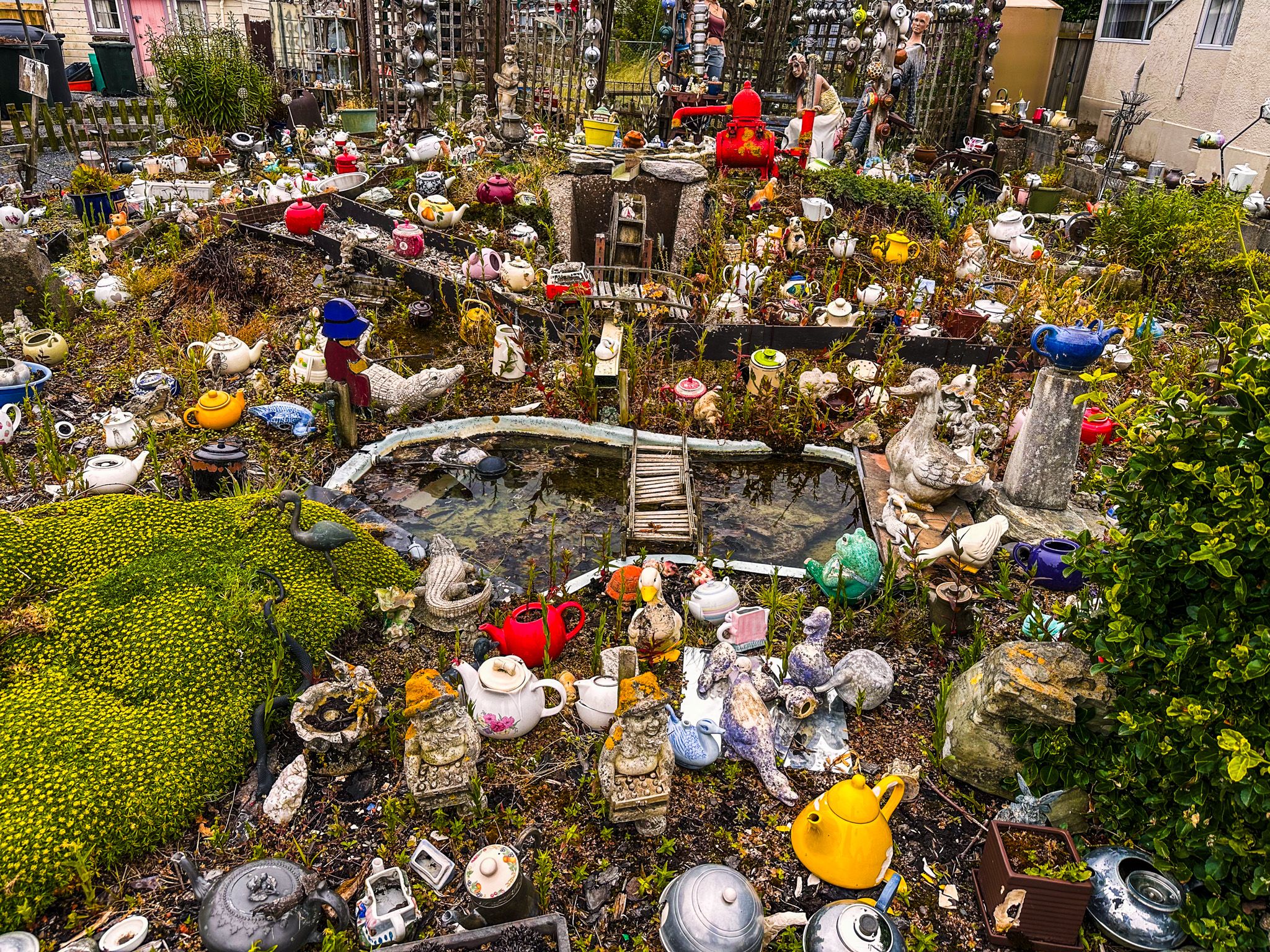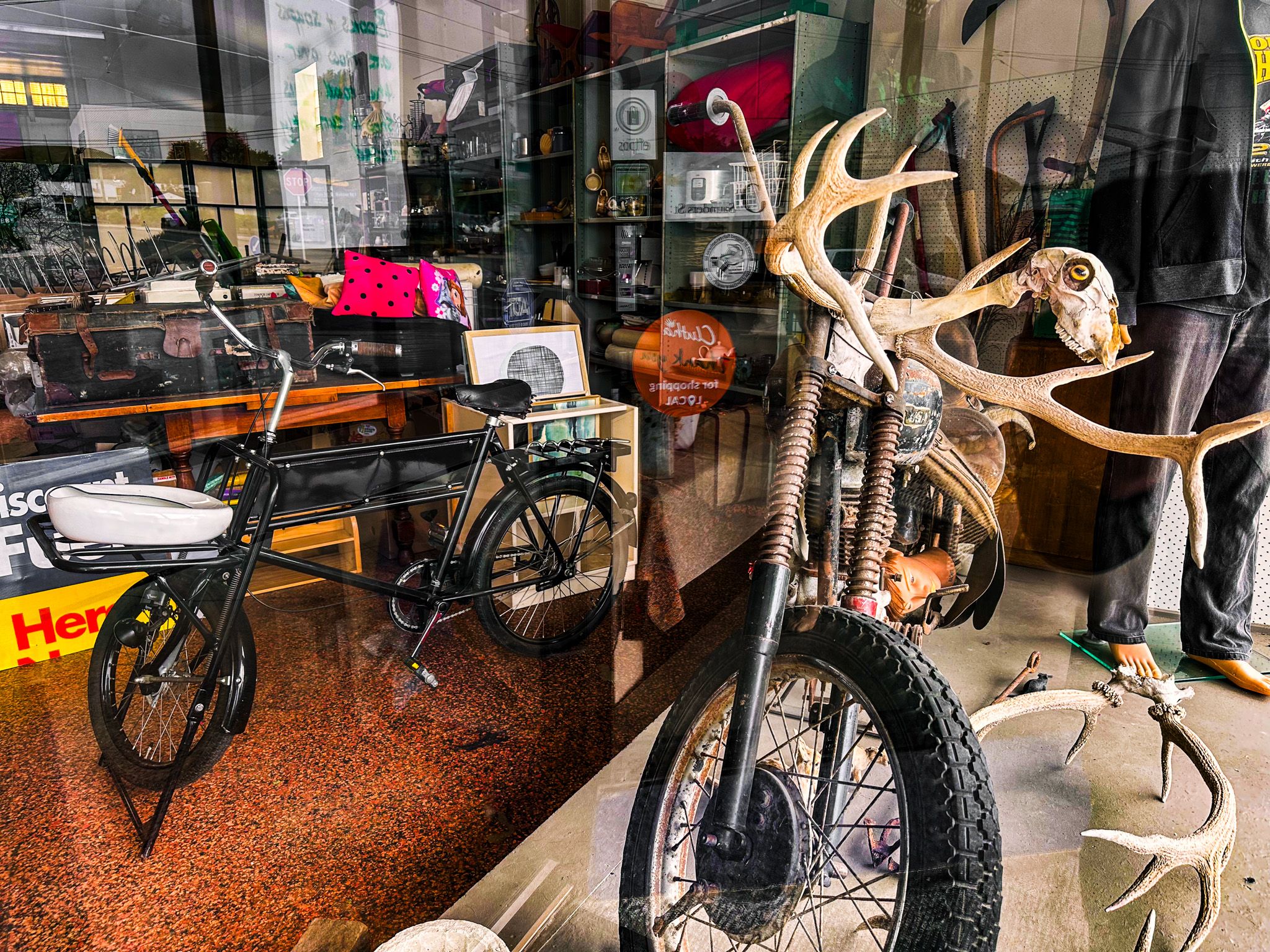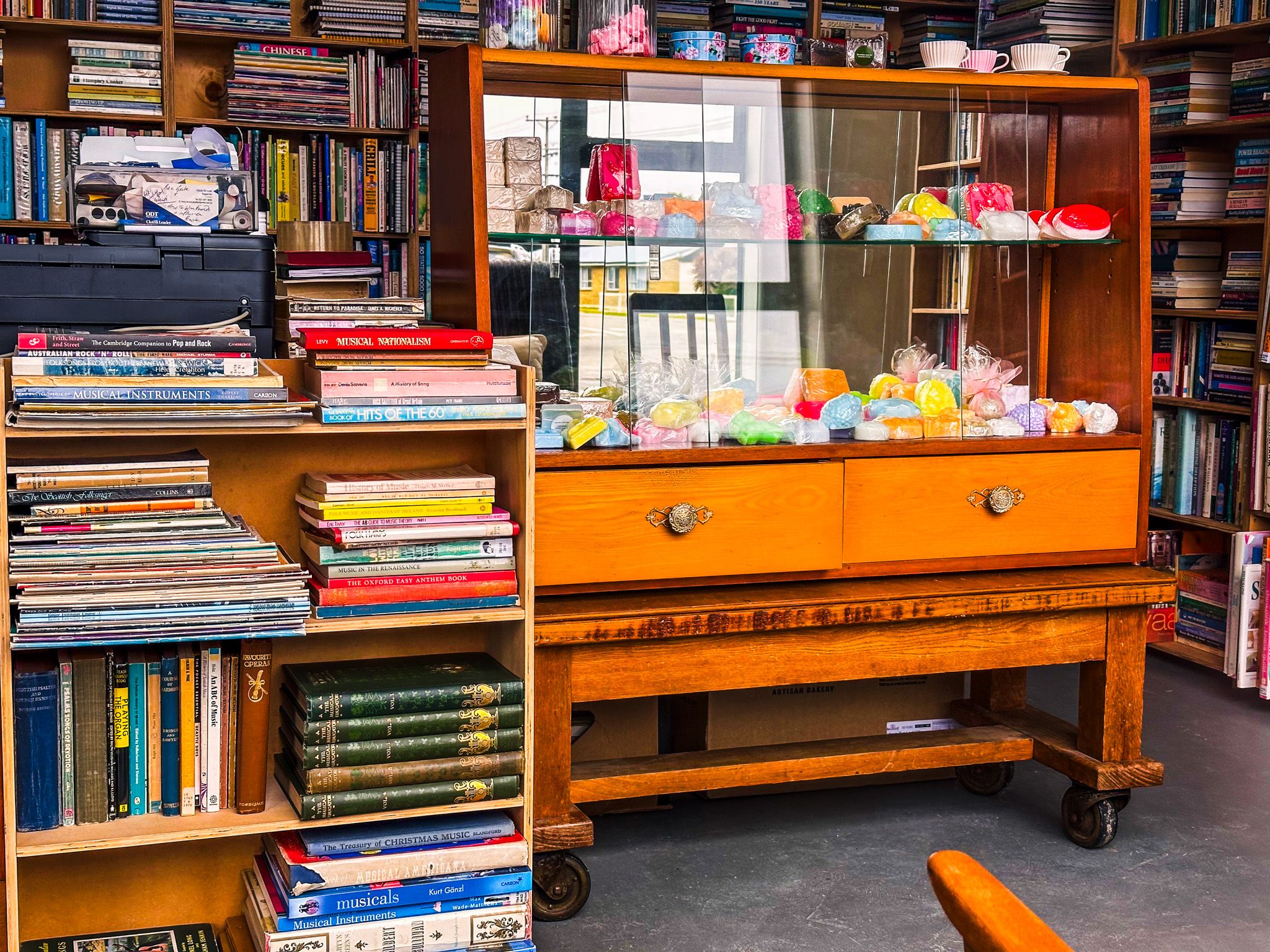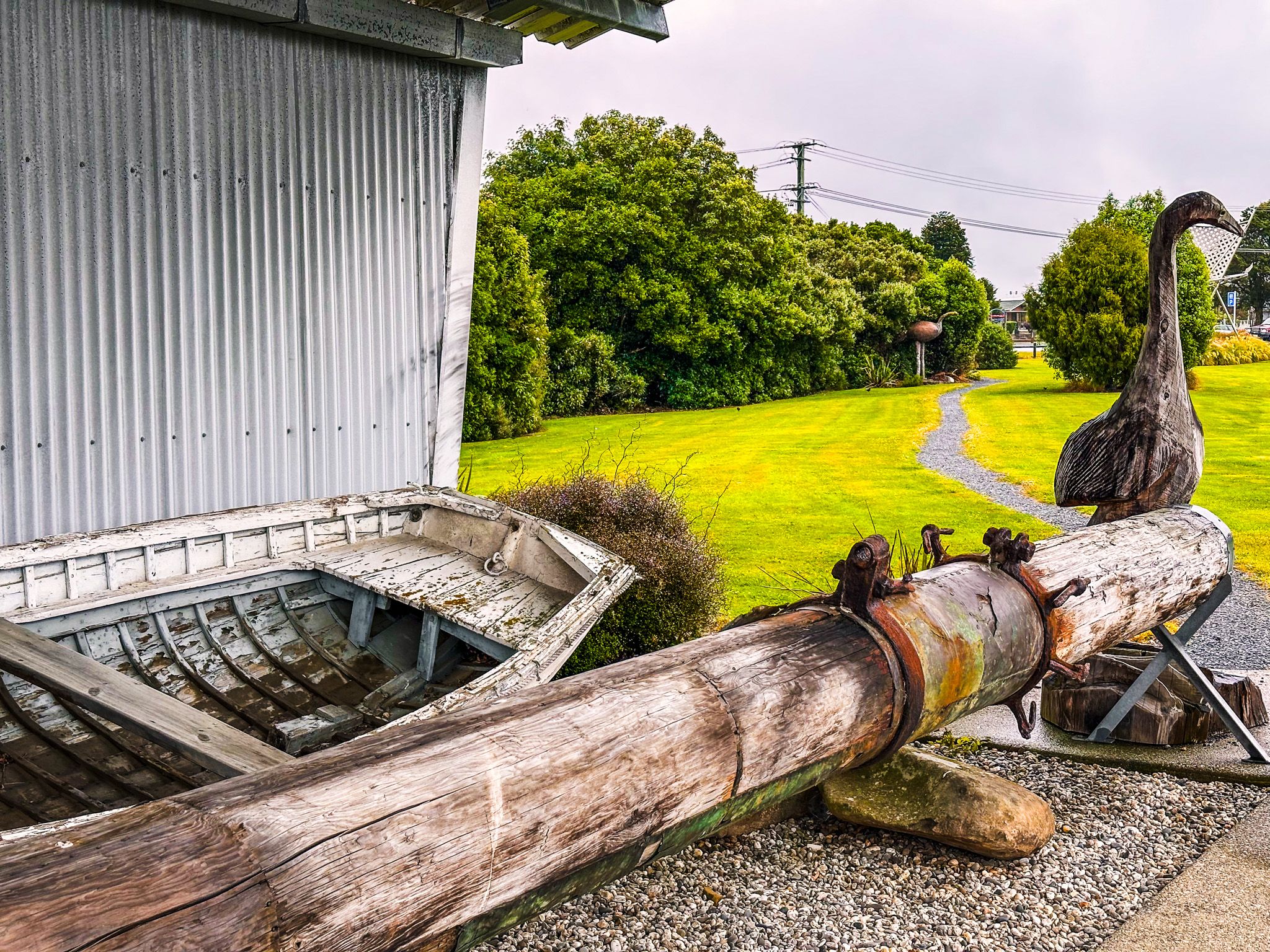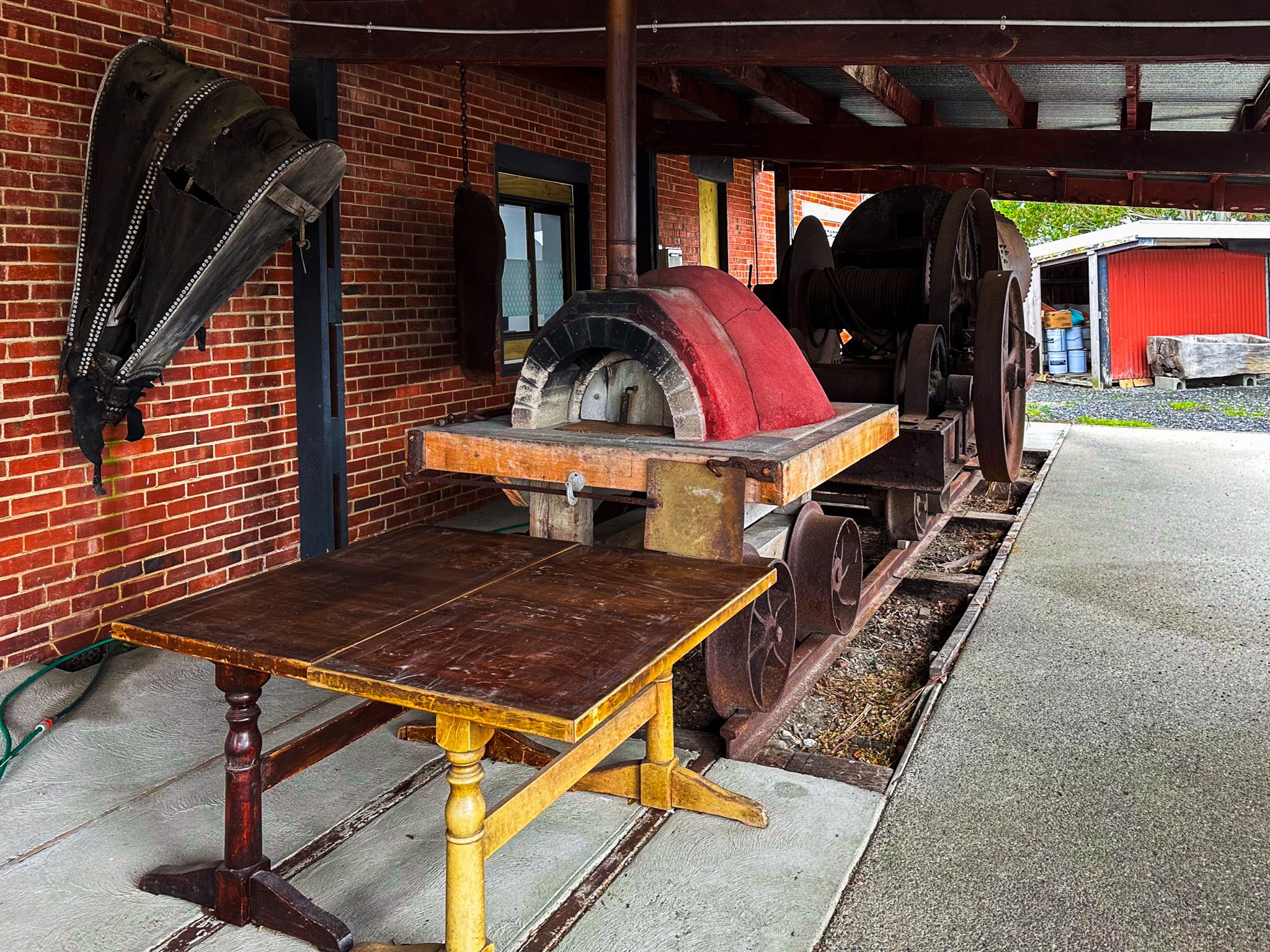Owaka is the northern gateway town for visitors to the Catlins. It is 35 km south of Balclutha along the Southern Scenic Route and only 4 km from the Pacific Ocean coast at Pounawea. Most activities within the Catlins region are within a 40-minute drive from the town. Despite having only around 300 people, it is the largest town in the Catlins, underlining how sparsely populated the region is.
Although small, it has several eateries, a grocery store and other shops and services. There is an excellent museum and information centre, while southern quirkiness is on display with the teapot house, Dougie’s Collection and the Owaka Man Cave in the Catlins Country Store. There are various options for local accommodation, including freedom camping van parks next to the pub and a commercial campground 4 km away at Pounawea.
The town has a surprising amount of history for such a small place. Owaka means the place of canoes, reflecting its proximity to the Owaka River, which joins the Catlins River just 3 km from the town near the coast. Māori were active in the region dating back to the 1300s, and the location is a prime spot between the Catlins and Owaka Rivers. The forests in the area provided a ready resource for waka construction and repair, and moa was a significant food resource until it was hunted to extinction around the early 1600s. However, even after this, the nearby Catlins Lake (an estuary of the Catlins River) and tidal flats around Pounawea would have provided excellent resources for the local Māori migratory lifestyle. The museum and information centre has a fantastic exhibition on the life of Les Lockerbie, who led much of the archaeological work around the region. Lockerbie was a leader in using carbon dating to aid the understanding of Moahunter Māori culture.
Europeans arrived early in the region to hunt for whales and seals and then to extract logs from the enormous forests of southeast Otago and Southland. The town was established in 1865 and was initially named Catlins River and then Quakerfield. Owaka was more meaningful as a name with the focus on shipping and sawmilling, although there was also a gunpowder factory until it exploded in 1885. As with Māori, access to the rivers and the coast were significant benefits, with most goods transported by coastal boats. The large stylised steel waka in the centre of the town commemorates this shared history.
The Catlins Railway Line arrived in 1896, further extending forestry and farming in the region. The coastal trade disappeared along with the wharves, and then the line eventually closed in 1971 as the roads improved. Today, you can see the railway town sign in front of the old station location, now occupied by an attractive town garden on the Southern Scenic Route heading southwest out of town.
Eventually, forestry diminished as an activity and pastoral farming, with its lesser employment requirements, became dominant. The town became a service centre and gradually declined. Then, the Catlins was discovered as a travel destination, and although it is still a quiet town, Owaka has everything you need for your trip.
The closest locations to visit from Owaka are Tunnel Hill, Kaka Point and Nugget Point, Barrs Falls, Cannibal Bay, Newhaven and Surat Bay, Pounawea, Catlins Lake, Jacks Bay and Jacks Blowhole.
